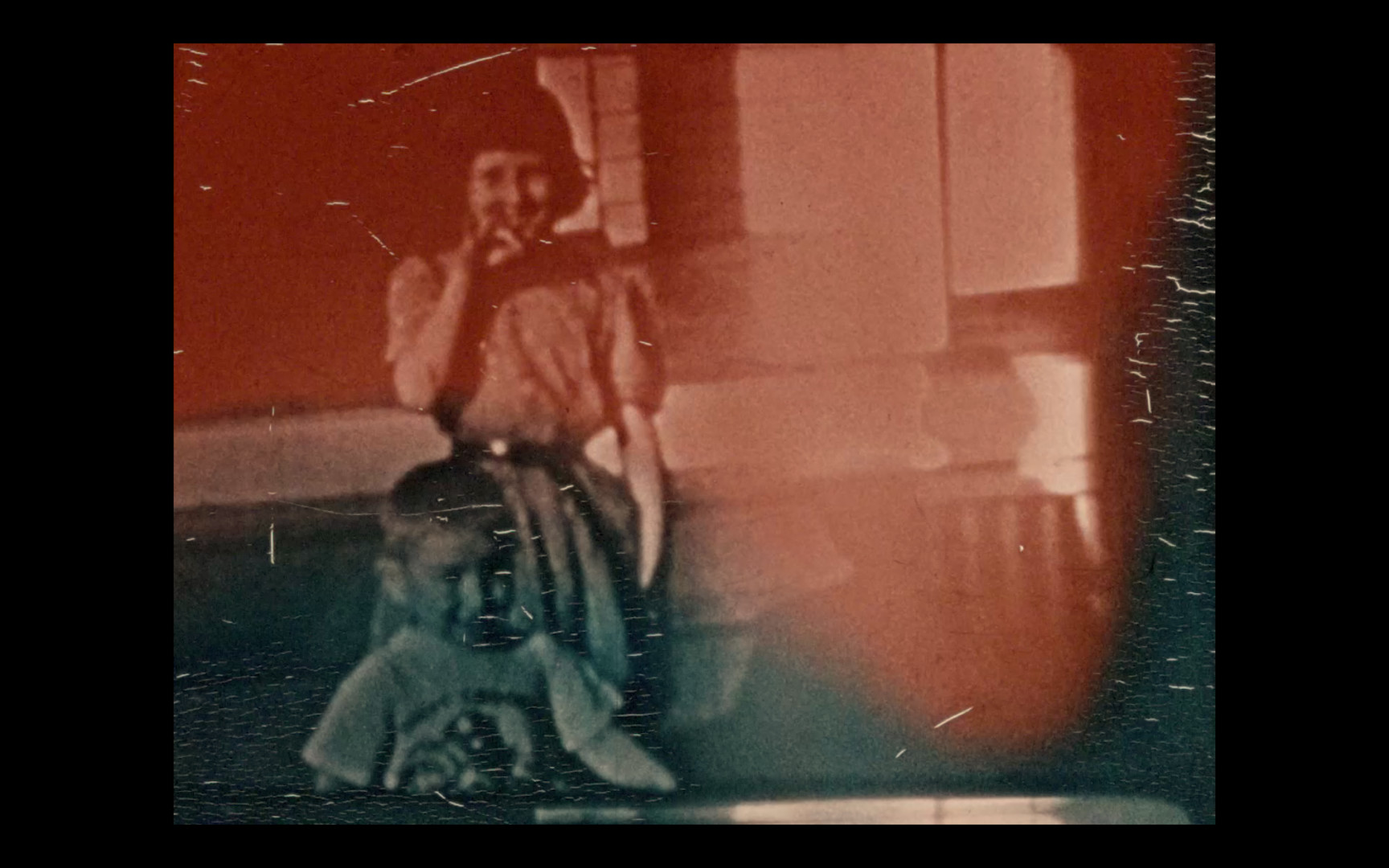
NO PLACE LIKE HOME
Louise Bourque’s film
A selection of the Canadian director’s films, chosen by André Habib professor of the Université de Montréal.
Special screenings in 16mm and 35mm film.
may 8
20:00
Cinema Intrastevere
movie theater 1
Meeting with the author (remotely)
Introduced by the curator
Since the beginning of her career, French-Canadian filmmaker Louise Bourque has made the re-use of her own images and home movies (some of which were shot before she was born) an essential and moving part of her creative work. In addition to the notable presence of her own parents, her mother in Just Words (1991), her second film, and her father in Bye Bye Now (2022), her last film to date, it is above all the central theme of the “home” that attracts attention and seems to possess an obsessive charge that runs through her work (this is the thematic around which this program was elaborated).
This house where she was born, in Edmunston, New Brunswick (and which still belongs to her family), becomes, throughout her films, the very place of haunting, of trauma, of fragility, of the pain of memory. It was in the garden of this house that she buried the outtakes of her first films, which, once unearthed, would give rise to the dazzling Self-Portrait Post-Mortem and Remains In all these films, she allows us to explore the abysmal depth of this expression, “No Place Like Home”. If no place can compare to home, it is also because home is not always the hospitable place we want it to be. Home is not always a place we want to return to. This is why “going back home”, far from any nostalgia, has the sound of a broken lullaby and appears, in all her films, as a process of confrontation with these wounds, often invisible, which fragment the self and which the manipulated filmstrip manages to metaphorize: the work of mourning is never completed (hence the role of repetition in several of her films). The photochemical, optical and plastic manipulation techniques that Bourque applies to these images give them an aura of intranquility, far from the often falsely reassuring character of the home movie (and of the peaceful “home” they evoke) as a place of innocence and happiness. Through a meticulous, “hands on” approach that explores the material properties of film, she offers us works that, by making a poetic archaeology of her own history, unearth, expose and release powerful blazes of light, noise and color, leaving lasting imprints on each viewer.
André Habib, 2023
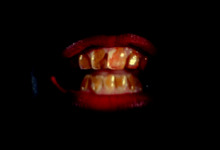
Just Words
Canada / 1991 / 10′ / 16mm
ITALIAN PREVIEW
“”In JUST WORDS, Bourque intercuts footage of her mother and her sisters with a performance by actress Patricia MacGeachy of Samuel Beckett’s Not I; the result is unnerving (as all Beckett is) yet touching (as some Beckett is not).” (Jay Scott, The Globe and Mail, Toronto, 1992)” (Jay Scott, The Globe and Mail, Toronto, 1992)

Imprint
Canada / 1997 / 14′ / 16mm
ITALIAN PREVIEW
Louise Bourque’s Imprint focuses obsessively on home-movie images of her family’s house, which seems gloomily oppressive, almost filling the frame; she repeats the images with various alterations – tinted, bleached, partly scraped away – as if attacking the place, turning its darkness into light.
(Fred Camper, The Reader, Chicago, april 16 1999).
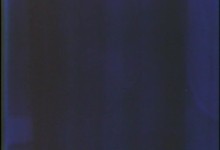
Fissures
Canada / 1999 / 2′ 30” / 16mm
ITALIAN PREVIEW
A film about forgetting and remembering, about past presences and the traces they leave. n making this piece, Bourque literally distorted the personal home movie images appearing on the film plane through various manipulations in the process of doing her own low-tech contact printing. The point of contact in printing is continuously shifted so that the film plane appears warped and the images fluctuate, creating a distorted space of fleeting apparitions, like resurfacing memories. The footage was hand-processed and solarized as well as colored by hand through toning before a final print was made at the lab.
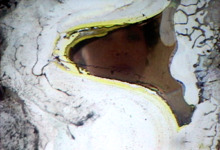
Remains
Canada / 2011 / 4′ 50” / 16mm
ITALIAN PREVIEW
The mother figure revisited – a recurring theme in my work. A celluloid deterioration that addresses the ephemeral quality of the captured moment (the present) while revealing the insistent power of human presence in even the most deteriorated of states. The image of the mother is like a ghost that we won’t let go. A lament for the inevitable loss of legibility.
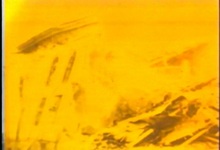
Going Back Home
Canada / 2000 / 1′ / 35mm
ITALIAN PREVIEW
Turmoil of unsheltered childhood: the dwelling as self.
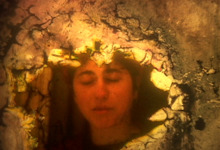
Self Portrait Post Mortem
Canada / 2002 / 2′ 30” / 35mm
ITALIAN PREVIEW
An unearthed time capsule consisting of footage of the maker’s youthful self – an “exquisite corpse” with nature as collaborator. Bourque buried random out-takes from her first three films (all staged productions dealing with her family) in the backyard of her ancestral home (adjoining the grounds of a former cemetery) with the ambivalent intentions of both safe-keeping and unloading them (she was relocating). Upon examining the footage five years later she found that the material contained images of herself captured during the making of her first film. That discovery seemed handed over like a gift and prompted the making of this film, a metaphysical pas-de-deux in which decay undermines the image and in the process engenders a transmutation.
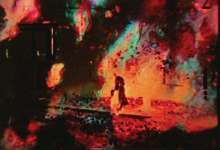
L’Éclat du mal / The Bleeding Heart of It
Canada / 2005 / 8′ / 35mm
ITALIAN PREVIEW
The house that bursts; the scene of the crime ; the nucleus. A universe collapses on itself: all hell breaks loose.
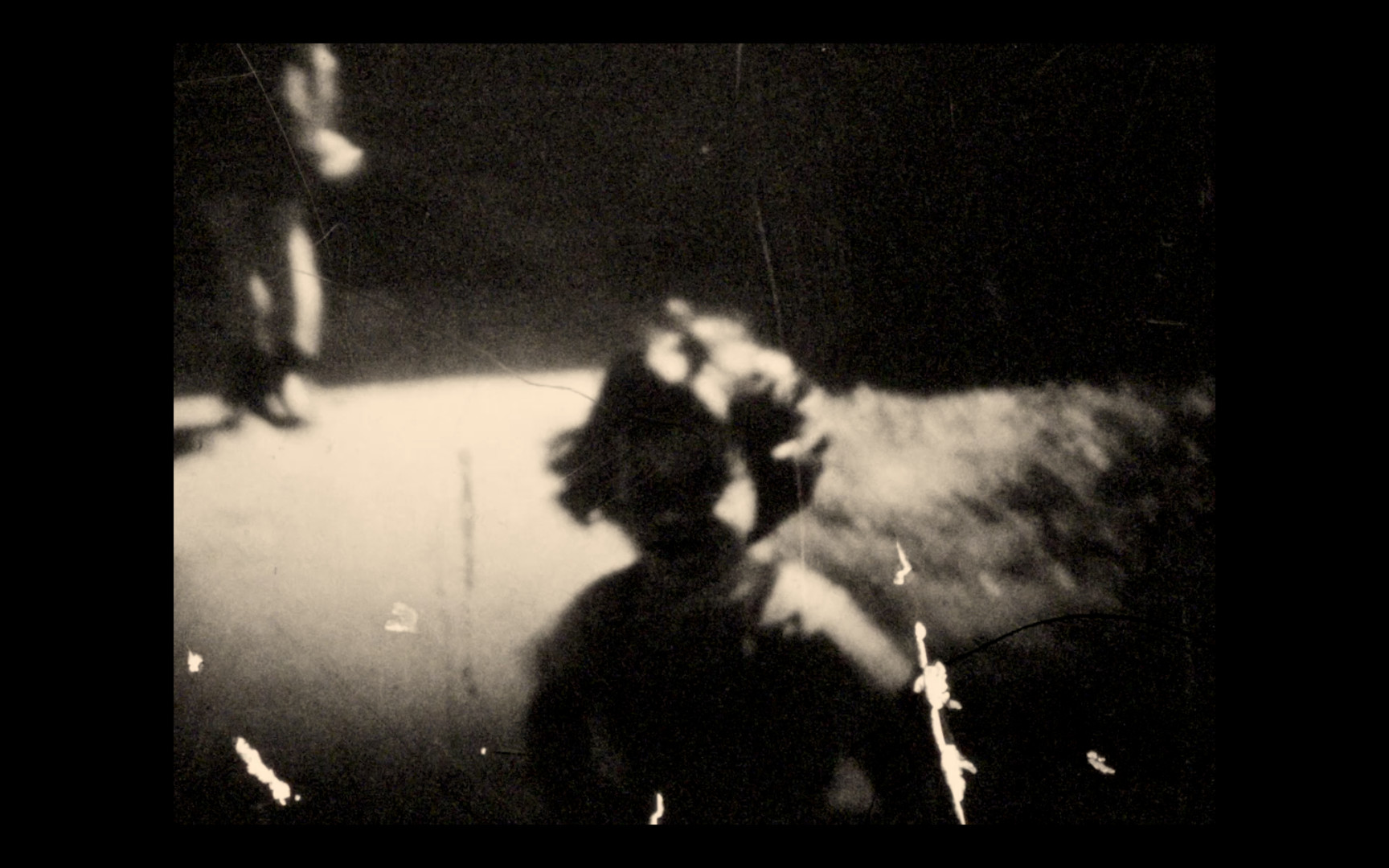
Bye Bye Now
Canada / 2022 / 8′ / 35mm
Waving hello to the filming cameraperson, the subjects through this very gesture, are also providing a future viewer with the acknowledgment of a constant good-bye to a fleeting moment. Yet when the film is projected and the captured gesture is seen, it’s as if the subjects are saying hello again from the past. This film is an homage to the artist’s father, the man behind the camera in these personal family archives.
Louise Bourque
Louise Bourque is a French-Canadian Acadian filmmaker who studied film at Concordia University in Montreal and at the School of the Art Institute of Chicago. After a 30-year exile in the United States where she made films and taught, she recently returned to Montreal. Her films have been screened in some 50 countries and broadcast on PBS and the Sundance Channel in the United States, as well as on Télé-Québec in Canada and SBS in Australia. Her work has been shown in prestigious museums and galleries around the world, including the Musée de la Civilisation and the Musée national des beaux-arts du Québec in Quebec City, the National Gallery of Art in Washington, D.C., the Museum of Modern Art and the Whitney Museum of American Art in New York. Her latest film, Bye Bye Now, had its world premiere in Bologna at the Archivio Aperto festival. In 2021, the book Imprints: the films of Louise Bourque, edited by Clint Enns and Stephen Broomer, was published, the first monograph devoted to her work, bringing together texts by international researchers and renowned filmmakers.
From 1989 to today, Louise Bourque has made a major contribution to the history of Canadian and international experimental cinema. An alchemist of film, a filmmaker of the intimate, revisiting from film to film the ever-paradoxical place of the home, of the self-portrait, of home movies through a rigorous investigation of the materiality of film, Bourque offers us an essential, radical work of abrasive beauty. Her essential films include (2022). The People in the House (1992), Imprint (1999), L’éclat du mal (2000), Self-Portrait Post-Mortem (2002), Self-Portrait Autoportrait PostPartum (2017) and Bye Bye Now (2022).
André Habib
is an associate professor in the Department of Art History and Film Studies at the University of Montréal. Author of La main gauche de Jean-Pierre Léaud (Boréal, 2015) and L’attrait de la ruine (Yellow Now, 2011), since 2002 he has been co-editor of the electronic magazine Hors champ which he has directed since 2015. Furthermore, he is the creator of the platform for audiovisual creation and reflection Zoom Out and the Cadavre exquis project. His research focuses on the aesthetics of ruin, cinephilia, archives and experimental cinema, and more recently on nostalgia, retro and the history of techniques. He cured variouse thesys sui cineasti Louise Bourque, Pierre Hébert, Abbas Kiarostami, Ernie Gehr, Bill Morisson, Jean-Luc Godard e Chris Marker. As a member of the international partnership project TECHNÈS, he was responsible for the television series Connaissance du cinéma (2016-2018). (2016-2018). He is the co-director of two works which will be published in 2023, Le cinéma dans l’œil du collectionneur (Presses de l’université de Montréal) / Cinema in the Eye of the Collector (Amsterdam University Press), he’s working on a book about cinema based on reuse and archives, which will be published in 2024 by the Mimesis publishing house.


